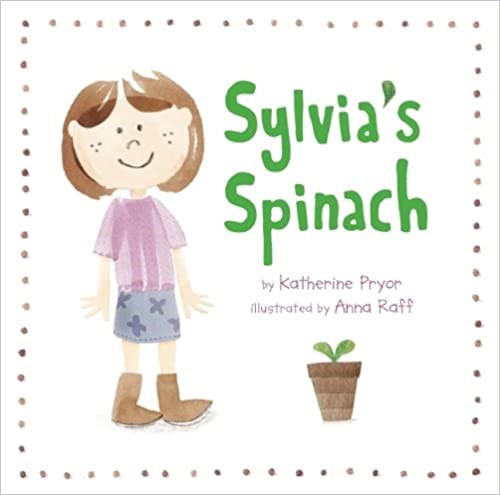Plant science at the dinner table – Spinach
National Spinach Day is March 26, which is a great time to sow spinach in Michigan. Spinach is a cool season herb and is always a spring or fall crop.

How can you eat spinach? Fresh, frozen, added to stir-fry, rolled in pasta, simmered in soup, in a spinach-pie, quesadilla, blended in smoothies and countless other ways. Spinach has shown up in surprising ways on the food scene and can be enjoyed every day. It is a far cry from the mushy, canned spinach that showed up on my dinner table from time to time when I was a kid!
National Spinach Day is March 26, which is a great time to sow spinach in Michigan. Spinach is a cool season herb and is always a spring or fall crop. Spinach is one of the few garden crops that like some shade and cooler garden soil. The north side of a slope is perfect for spinach.
The consumption of spinach grew when the cartoon character Popeye the Sailor Man debuted in 1929. Elzie Crisler Segar created this spinach-eating muscle man. A 2010 study of kindergarteners conducted in Ontario, Canada, found children ate more vegetables, including spinach, after watching Popeye. According to the study, which included tasting parties, “The spinach had to be combined with stories of giant muscles and super-strength.”
Looking for more fun facts about spinach? Michigan State University Extension offers the following:
- Spinacia oleraceae is the Latin name for spinach.
- The word “spinach” is derived from the Persian word “ispanai” which means “green hand.‟ Later it became “spanachia‟ in late Latin and then “spinach” in English.
- Spinach's origin is ancient Persia or today's Iran and surrounding countries.
- Spinach is a cool season crop and belongs to the goose foot family, along with Swiss chard and beets.
- Spinach is always grown from seed.
- Spinach seeds were brought to the United States by early colonists.
- California, Arizona, New Jersey and Texas grow 98% of the fresh spinach in the U.S.
- Spinach ranks as one of the most nutrient-dense of all foods with high levels of beta-carotene (provitamin A), lutein, folate, vitamin C, calcium, iron, phosphorus and potassium.
- A 3.5 ounce serving of spinach has only 23 calories.
- Folate and vitamin C get slightly degraded when cooking spinach, but cooking provides higher levels of vitamin A and iron than when eaten raw.
- Crystal City, Texas, is the spinach capital of the world. When most cities were falling on hard times during the Great Depression, Crystal City had a booming spinach industry, with thanks to the popular cartoon character Popeye.
- Catherine de' Medici became Queen of France in 1533. Queen Catherine was born in Florence, Italy. She was so fond of spinach she ate it at every meal. Spinach became so popular in France at that time that even today many dishes made with spinach as known as “Florentine.”
- Medieval artists extracted green pigment from spinach to use as an ink or paint.
- Spinach can neutralize explosives. The Pacific Northwest National Laboratory studyfound nitroreductase enzymes, naturally found in spinach can eat, digest and transform explosives such as TNT.
To learn more fun facts, read this article from the University of Wisconsin Extension about spinach and great growing tips.
Want to share spinach with a young person in your life? Snack on some spinach and read “Sylvia’s Spinach.” This fun book, written by Katherine Pryor, is about young Sylvia and how she refuses to eat spinach. One day Sylvia's teacher gave her a packet of spinach seeds to plant for the school garden and this young spinach hater soon becomes a spinach lover.




 Print
Print Email
Email





